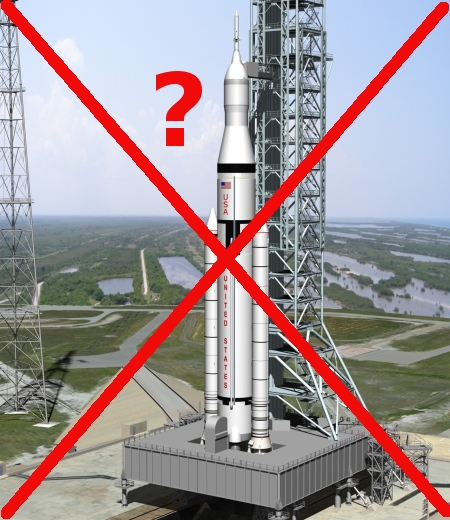SLS static fire test today
NASA will make its second attempt today complete a full 8 minute long static fire test of the core stage of its SLS rocket.
The two-hour window for the test begins at 3 pm (Eastern). You can watch it on NASA TV.
To put it mildly, a lot rides on this test. If anything should go wrong, the future of the SLS rocket will be grim indeed. And should all go well NASA will still be under grave schedule pressure. Though the actual first launch of SLS using this core stage is presently set for the fall, NASA has admitted that they need to review that schedule once today’s test is completed.
Preparations for the upcoming test are going well, NASA Acting Administrator Steve Jurczyk said in an interview March 17.
,,,If the test does go well, he said the agency should be able to soon confirm a launch date for the Artemis 1 mission, which will use the core stage being tested at Stennis. That mission is currently projected to launch in November. “I think that, within probably just a few weeks, they’ll take a look at the schedule one more time and confirm whether we can make November of this year or if we need to go out a little bit.”
The agency is trying hard to meet that November date, but no one will be surprised if the flight ends up happening in January ’22. Any later than that and they will have a new problem, as the already stacked solid rocket boosters must fly within a year of stacking, and this process began back in December ’20.
NASA will make its second attempt today complete a full 8 minute long static fire test of the core stage of its SLS rocket.
The two-hour window for the test begins at 3 pm (Eastern). You can watch it on NASA TV.
To put it mildly, a lot rides on this test. If anything should go wrong, the future of the SLS rocket will be grim indeed. And should all go well NASA will still be under grave schedule pressure. Though the actual first launch of SLS using this core stage is presently set for the fall, NASA has admitted that they need to review that schedule once today’s test is completed.
Preparations for the upcoming test are going well, NASA Acting Administrator Steve Jurczyk said in an interview March 17.
,,,If the test does go well, he said the agency should be able to soon confirm a launch date for the Artemis 1 mission, which will use the core stage being tested at Stennis. That mission is currently projected to launch in November. “I think that, within probably just a few weeks, they’ll take a look at the schedule one more time and confirm whether we can make November of this year or if we need to go out a little bit.”
The agency is trying hard to meet that November date, but no one will be surprised if the flight ends up happening in January ’22. Any later than that and they will have a new problem, as the already stacked solid rocket boosters must fly within a year of stacking, and this process began back in December ’20.



